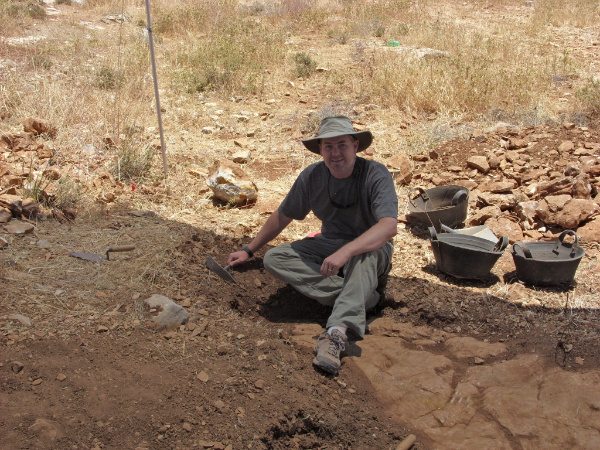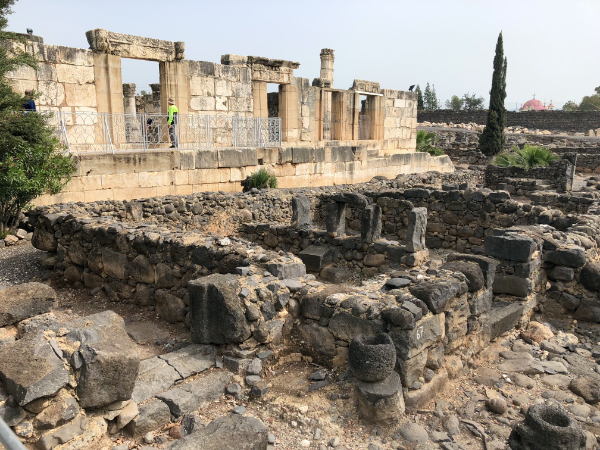Exploring the many ancient sites that we’ll see on our journey to the Holy Land, as well as visiting museums and special exhibits, will bring us face-to-face with the topic of archaeology. I will post on this subject from time to time so that we can become better acquainted with it as we prepare to travel.
“Dig season” in the Holy Land is typically in the summer, when most volunteers are available and the weather is dry and predictable. A season usually lasts from two weeks to two months or even more, depending on the funding available to the dig directors. During this time, the field work is conducted in a controlled, methodical manner. The team digs slowly in carefully selected parts of a site, layer by layer, from the surface all the way to bedrock.
They record everything, noting the precise locations of what they find, measuring, sketching, and photographing thoroughly before removing any artifacts. They work delicately and compile detailed records of each day’s progress. Digging is painstaking, hot, and physical work. Mostly, it’s just removing dirt. Lots of dirt. But when a find is made, it’s electric.
So, what is a “day in the life” at an archaeological dig in the Holy Land like? In the January/February 2019 issue of Biblical Archaeology Review, general editor and University of Iowa professor Bob Cargill writes about the experience “on the ground” (or is it “in the ground”?) during the dig season. You can read the article on the Biblical Archaeology Society’s companion site, Bible History Daily, here.

Among many other topics, we’ll talk more about archaeology and these publications (and others) over the coming months. In the meantime, dig in and learn what really goes on at an archaeological site in the Holy Land, and how the sites that we’ll see come to be as we find them.
And here’s a photo of a grad student (me) working away on a visit to Khirbet el-Maqatir, just north of Jerusalem near Ramallah. The archaeologists conducting this dig believe it to be the ruins of the city called Ai (pronounced “eye”), most notably in Joshua 7-8.
[Another link to the article mentioned above: Robert Cargill, “A Day in the Life,” Biblical Archaeology Review, (Jan/Feb 2019).]


